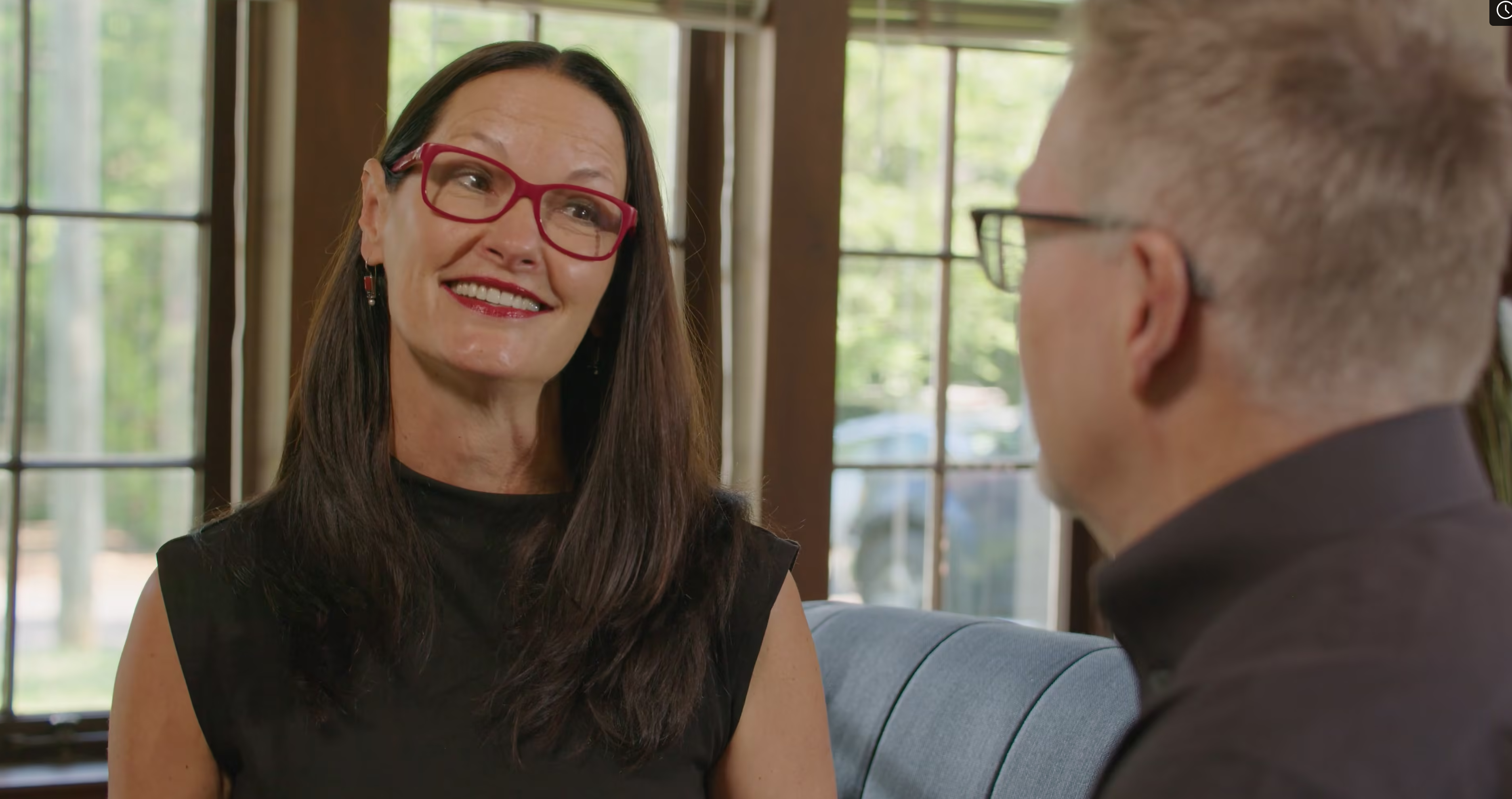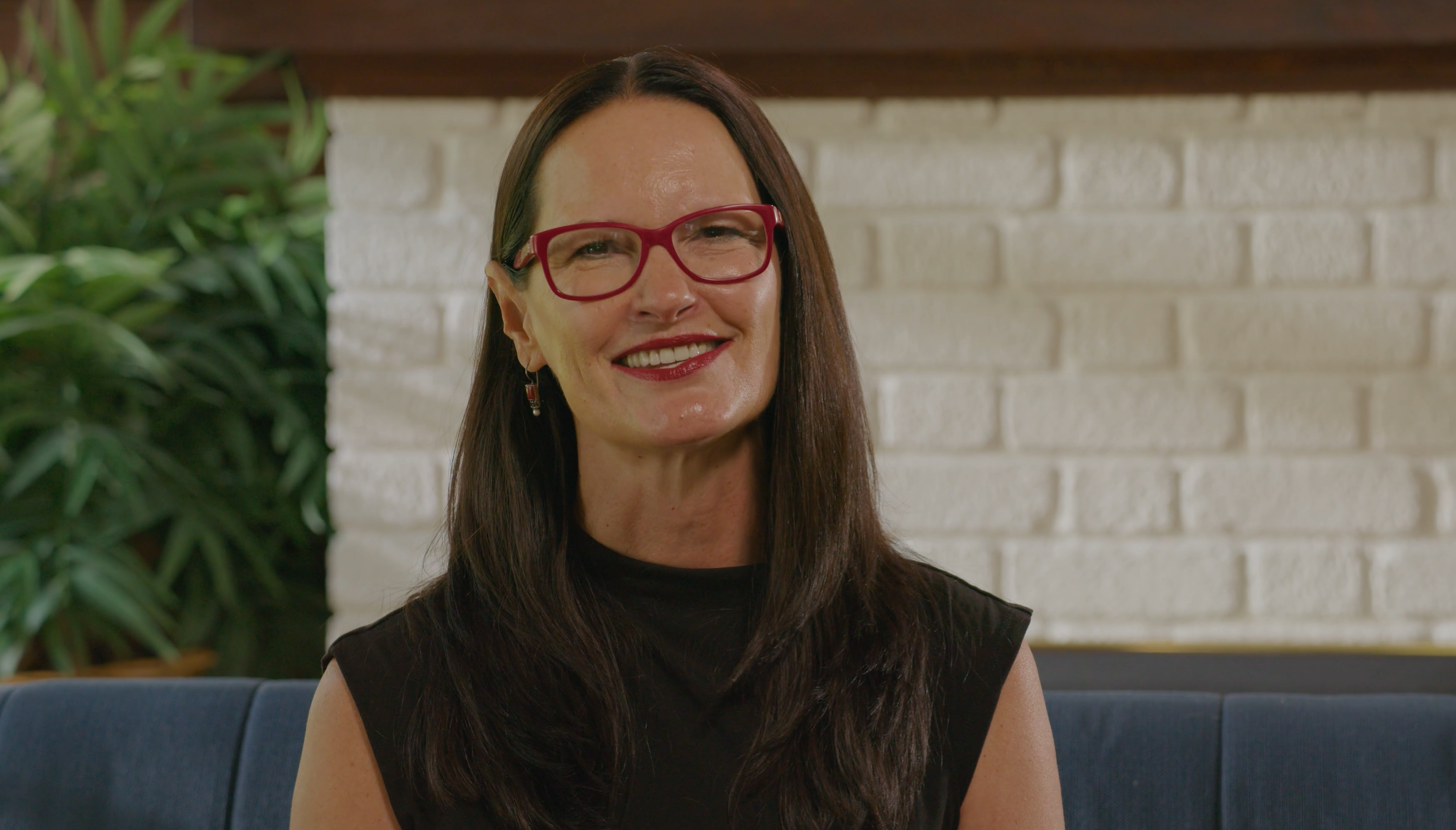You probably have a donor like this on your caseload: one who gives consistently every year but never responds to any outreach from your organization. How are you supposed to communicate with a donor if they never answer any of your phone calls or emails?
Before you decide your next move, take a look at the donor’s history. Why are they on your caseload? Have they been through a qualification process with at least seven attempts to reach out using different communication methods?
Remember, not every major donor is going to want a personal, one-to-one relationship with a major gift officer. That’s ok! After you’ve gone through the qualification process, you’ll have a better idea of whether they really belong on your caseload.
In this Question of the Month video, Jeff and Karen discuss how to determine your next steps with a donor who continues to give, but hasn’t engaged with you yet. If you’d like to learn more about qualifying your donors so that every donor on your caseload wants to connect with your organization, download our free White Paper on Qualifying Donors for Major Gift Caseloads.
Read the Full Transcript:
Jeff Schreifels
Hi, and welcome to the Question of the Month. Today, I’ve invited Karen Kendrick, our Senior Director of Learning, to join me to answer a question submitted by our community. All right, so this month’s question is this: What is the best way to communicate with major donors who don’t respond to your outreach, but they do keep giving?
Karen Kendrick
Great question. First, my first question be, what do you mean by outreach, right? A lot of times, we think we’ve done a lot of outreach, but maybe we’ve just sent some newsletters, and it’s very sort of benign. It’s not about their interests and passions, we’re not connecting with them in really meaningful ways. So the interesting thing is we have a qualifying process. And it’s a seven step process. It’s emails and phone calls and notes and touch points and surveys, and a lot more than you think you typically do when you’ve reached out. A lot of times, we say, “Well that donor doesn’t want to talk to me,” when we’ve only sent them two things, right? So this process helps you really see if a donor wants that relationship, and only one in three do right?
Karen Kendrick
So the great thing is, in our qualifying process, you find out does the donor actually for real want to relate in a more meaningful way, and only one in three do. And then you take those one in three, and you make a caseload of 150 donors. And that’s how you really then get to know their passions and interest and build a plan for each of those donors. So what about those ones that didn’t go through the qualifying process? It’s really important to realize that even though they might be giving on your caseload every year, you’re not going to be able to really take them anywhere. And so you put them back into mid-level, you have them in direct mail the whole time. Yeah. And they’ll continue giving and they’ll continue being a part of it. Now, you might be scared about letting them go, because that’s revenue. But trust me, when we build those caseloads alongside and work with fundraisers, they’re able to raise like 20% more the next year, because they’re really getting to know those donors. And that’s where real potential is with your caseload. So be telling people the difference they’re making be connecting in meaningful ways, and really cull and find out who wants that relationship. And that’s where you’re really going to make a difference.
Jeff Schreifels
Now there’s another part of this, and that is, if the donor, let’s say they’re already qualified, but then we’re trying to find out how do they like to be communicated with, right. And so some donors might say, hey, I want to give, I’m going to continue to give, but you don’t have to email me or call me. Or maybe once a year or whatever. But you’re allowing the donor to tell you how they want to be communicated with. So even though you’re trying to, you, the major gift officer, want to reach out to them with all these different things, they may not want that. And that’s another part of what we’re trying to find out in the qualifying is how do they like to be communicated with. And some donors just don’t want that. So that’s another way I guess.
Karen Kendrick
I love that and you’ll find out their interests and passions, and even if it’s once a year, you can really, really meet their needs in the way that they want that done. Right. That’s great point. Thank you Jeff.
Jeff Schreifels
So there you have it. If you’d like to learn more about qualifying your donors, so that every donor on your caseload is someone who’s willing to engage and connect with you, then download our free white paper on Qualifying Donors for Major Gift Caseloads. Just click on the button below or the link in this post to get your free copy. Thank you and see you next time.

![A man peering into a microscope. How to Approach Fundraising When Your Mission Doesn't Fit in a Neat Box [Podcast Episode]](https://veritusgroup.com/wp-content/uploads/2022/09/Podcast-Episode-Blog-Post-Header-Image-3.png)
![A donor is showing her membership card. Moving Out of a Membership Mindset [Podcast Episode]](https://veritusgroup.com/wp-content/uploads/2022/08/Podcast-Episode-Blog-Post-Header-Image_081722.png)




After years of reaching out to a few unresponsive annual donors in traditional ways, I took the time to put some packets of 4×6 photos together, and wrote captions on the back that told a brief story about the work they were supporting. Four of the five I sent them to called me, some in tears about how meaningful this simple gesture was. I’d like to say that they all increased their annual gifts and left larger gifts in their estates. but I never knew the outcomes after leaving the organization s few months later. Still, I’d spend the time to do that again because I knew how people were touched and connected.
That’s a great example, Cheryl — many times, this kind of personal touch is missing in donor communications. Thank you for sharing with us.